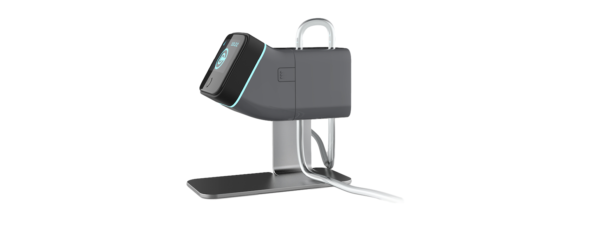Dialysis is a medical procedure that effectively takes over the physiological process of removing toxins from the blood when kidneys are no longer able to function properly. Currently, doctors use two types of dialysis: peritoneal or hemodialysis.
Unlike hemodialysis, which works through pumping the patient’s blood through an external dialysis machine, peritoneal dialysis is performed inside the abdomen. To prepare, a doctor inserts a catheter tube into the patient’s abdominal cavity through which the dialysate fluid can pass. The abdominal peritoneum acts as a natural osmotic barrier for the process.
Because patients can perform it independently at home, peritoneal dialysis is often the more convenient of the two procedures.
However, peritoneal dialysis does have risks such as catheter blockage and abdominal infection. The latter of the two is difficult to detect at home, currently only distinguishable by checking if the dialysate is clear enough to read a newspaper through it. This unreliable method may lead to late detection and exacerbated complications that can cause hospitalization.
Remotely Monitoring Peritoneal Dialysis
Recognizing this major flaw in dialysis treatment, a MedTech company called CloudCath has created a device that measures and evaluates the spent dialysis fluid coming out of the patient’s abdomen. It then uploads all its information onto a cloud-based software that analyses the fluid’s metrics using an algorithm and alerts the patient’s healthcare provider if it finds an issue. Furthermore, doctors can remotely log into their patient’s databases at any time to find real-time data which may help in informing future patient care.
According to co-founder Aly ElBadry,
“CloudCath’s Medical Advisory Board projects that the technology could drive a 75% reduction in infection-driven hospitalizations – potentially saving thousands of lives, based on existing mortality rates, and reducing the U.S. healthcare system’s annual spend by as much as $2.6 billion.”
In addition, he says, the device will ensure that at-home dialysis procedures are safe to perform. This is an important aspect related to the US White House’s 2019 proposal to manage 80% of the patients with end-stage renal disease at home by 2025.
Currently, CloudCath is preparing to conduct a clinical trial with support from American Renal Associates. The study will give the insight to help improve the device so that it can be marketed commercially.
Source:
Medgadget




